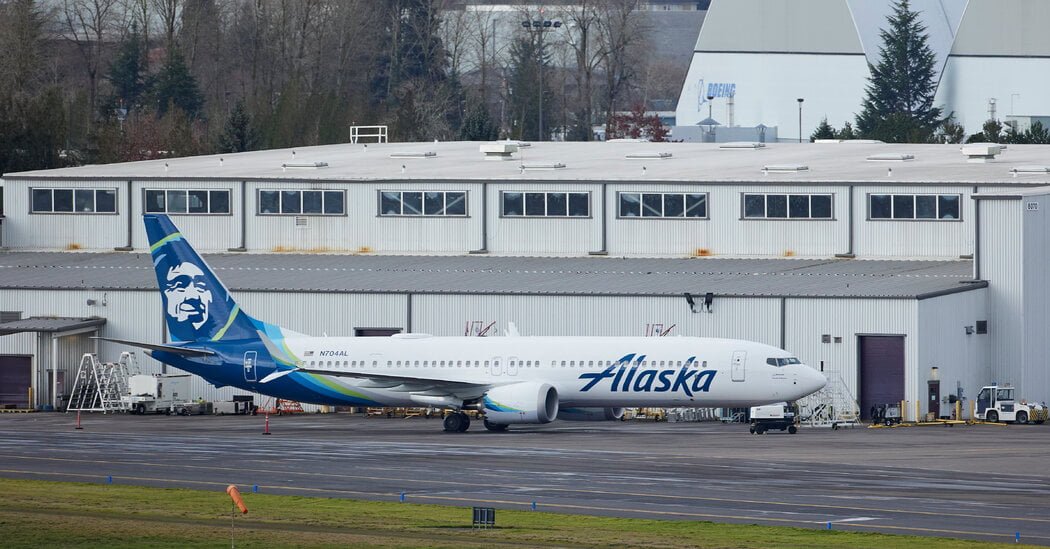The two midsize variants of the plane, the Max 8 and Max 9, have been flying since then. But the smallest, the Max 7, and the largest, the Max 10, have yet to be approved by regulators.
The Max is the best-selling plane in Boeing’s history. The more than 4,500 outstanding orders for the plane account for more than 76 percent of Boeing’s order book. The plane is also popular among airlines: Of the nearly three million flights scheduled globally this month, about 5 percent are planned to be carried out using a Max, mostly the Max 8, according to Cirium, an aviation data provider.
Investigators with the National Transportation Safety Board have started looking into the case and are expected to examine a wide range of factors, including Boeing’s manufacturing process and the F.A.A.’s oversight of the company and any work Boeing or Alaska Airlines carried out on the plane. Investigators have also identified an area where the door probably landed and asked for help from the public in finding it.
“This is the kind of thing where, until you really get into the investigation — you identify all the facts, conditions and circumstances of this particular event — do you determine whether this is just a one-off or a systemic problem,” said Greg Feith, an aviation security expert and former N.T.S.B. investigator.
In the meantime, those who make, service, operate and regulate the planes will all be in the spotlight.
“Every American deserves a full explanation from Boeing and the F.A.A. on what’s gone wrong and on the steps that are being taken to ensure another incident does not occur in the future,” Senator J.D. Vance, Republican of Ohio, said in a post on Saturday on X.
Mark Walker, Christine Chung and Safak Timur contributed reporting.
